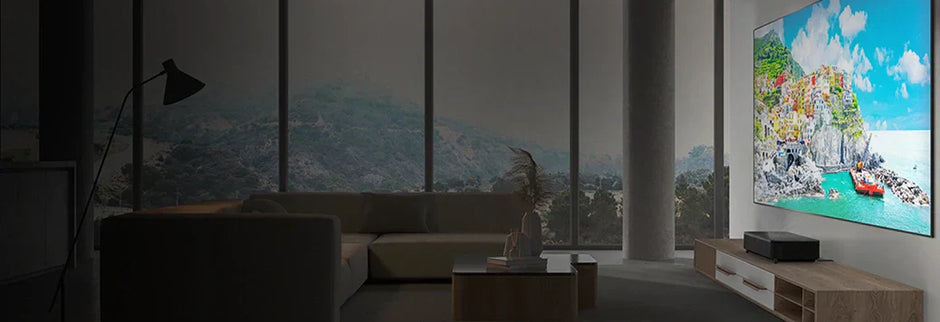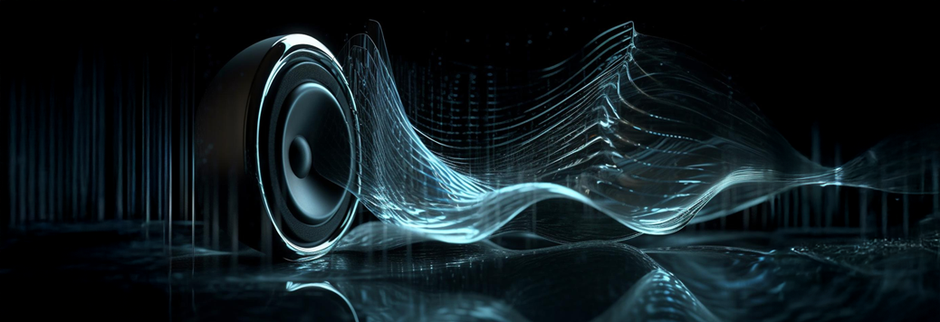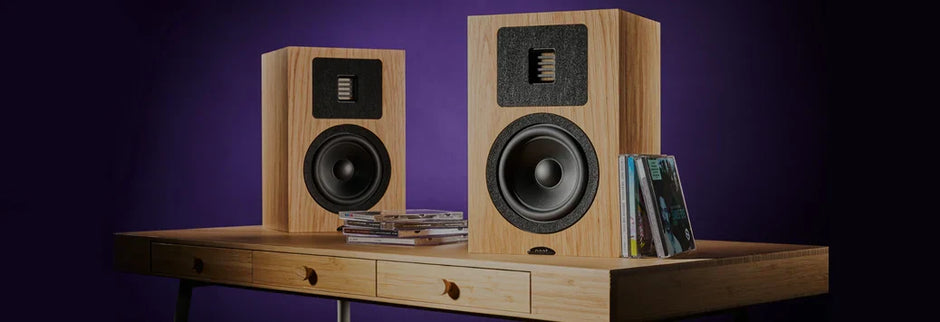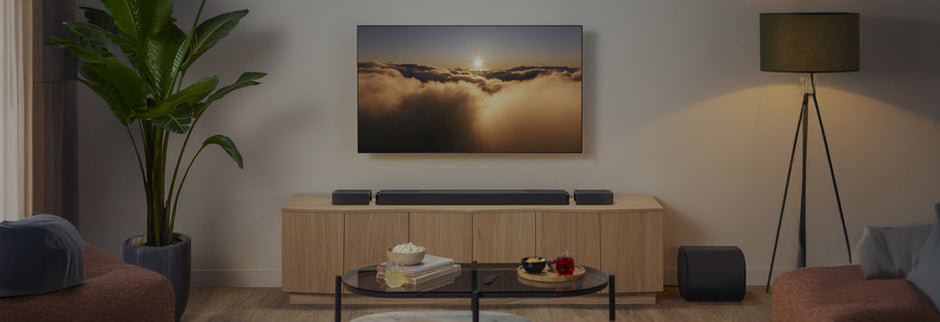
Are you putting off your goals to create an awesome podcast, vlog, or the next groovy chart-burster?
There could be numerous things stopping you. Messing with some free software while hoping it will help create high-quality audio, or paying an unjustifiable rental amount to the recording studio, or maybe living in an area so remote, there is no recording studio nearby, where you can rush to when you experience a eureka moment, and turn your creative ideas into a form of reality.
Also, what if the audio quality at the recording studio washes out your initial, enthusiastic wave of creativity? Worse would be booking a studio, head there with gusto, only to realize you are experiencing a sudden, downward spiral in your creative process.
Apart from not having access to a commercial space, it could also be the fear of not knowing how to start with a home gig or being apprehensive about the investment that goes into building a home recording studio.
But, the benefits of having a home recording studio setup trump every concern and constraint that you can think of, besides saving you the overhead of renting a commercial studio. It takes a little bit of time and money, but once you have built your studio you have everything you need to start creating radio-worthy tracks, inspiring podcasts, stream live or vlog whenever you want.
The flexibility, ease of use, convenience, and reliability that comes with having a studio of your own is unmatched. And now with the cost-effective options like professional recording bundle for content creation, voice and instrument recording, and more, you have no reason to not set your home studio. It’s not only simple but practical too.
Now that you have committed to setting up your home studio, we would like to share our insights based on years of experience, in-depth research and a team of experienced professionals who are the subject matter experts. Read on to learn how a DIY home studio is not as overwhelming a task as it seems.
Here is a helpful and credible guide to help you on your mission, without costing you a fortune and facilitating a low stake situation for you so nothing comes in the way of your creation.
Begin the process by choosing and preparing the best-fit space first

While selecting the space for a home studio, check if the room/proposed space has any intrusive noise coming in throughout the day at different times. What about the AC vents that can contribute to noise when you are recording? Consider if there is any plumbing issue to take care of before you set up the home studio, or if there is some DIY wall soundproofing that will be required to eliminate unwanted noise. It is easy to prep the room by placing some sound-absorbing materials.
Also, factor in the space, if you are planning to have more people around during recording. Make sure it is comfortable, and not cramped up. Avoid a very small room or a room with too many hard surfaces like a mirror on a whole wall, as it is difficult to make it ideal for recording even with acoustic treatment.
A room that has exact width and length dimensions (like a square room) should be avoided at all costs, as it’s really bad as it creates a massive build-up of standing waves.
A look at the essential items you will need
Don’t forget to get at least two microphone stands. While most speakers have boosted bass, they are not ideal for mixing. Studio monitors are what you will need to mix your tracks in your home studio set-up. Do not shy away from spending some money on a comfortable, sturdy pair of studio headphones (we recommend AKG K712 Pro) that will cover your ears well and allow you to get a clear idea of what your audio sounds like. If you are recording vocals get a pop filter to eliminate plosives.
Optimal placement of your home studio equipment
If upgrading to amps and speakers, you must avoid putting them on your tabletop or desks. Playing something with a lot of low-end basses? If the speakers are placed on your table or desk, these surfaces will start resonating with the bass. ISO Pucks that are small, circular holds for audio equipment can come in handy here to prevent frequencies from getting into whatever surface is keeping them.
Also, position your speakers away from the wall and not up against the wall. Place them along the longest wall, as that will reduce the strong reflections from the speakers. Also, consider switching from analog to digital form of recording as it is more cost-effective. For good audio production, you mustn’t have the mic placed too close.







